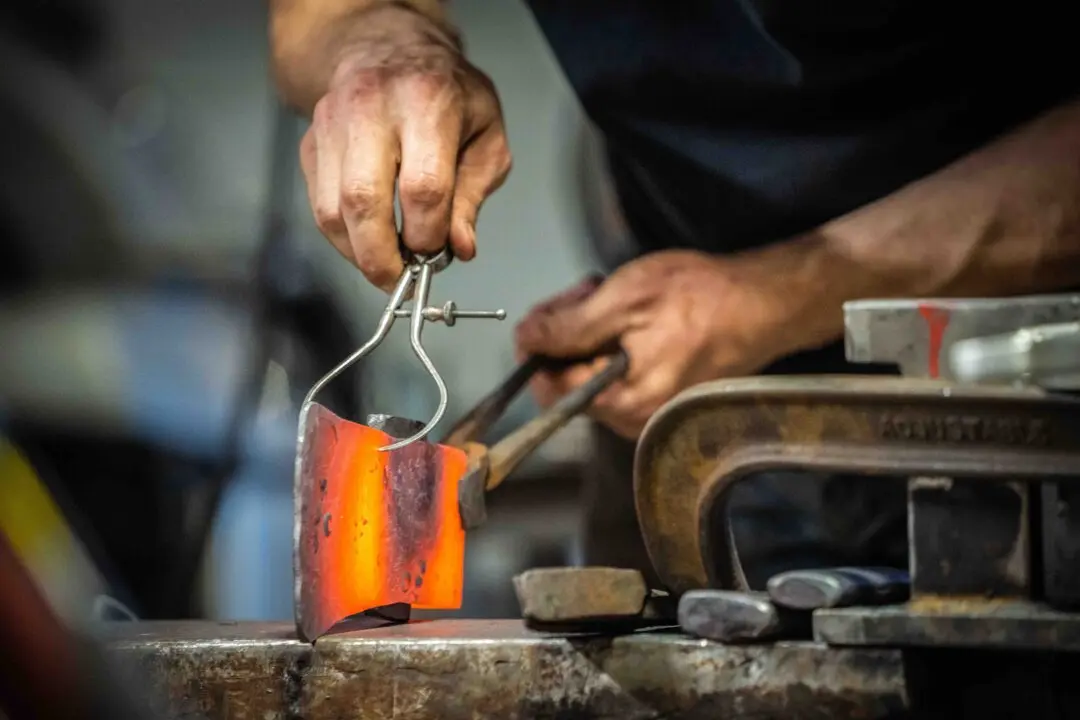Disclaimer: This article was published in 2023. Some information may no longer be current.
With her ultraviolet photography technique, Debora Lombardi makes the invisible visible. Focusing on flowers, the Italian creative reveals a seductive world usually hidden from the human eye.






